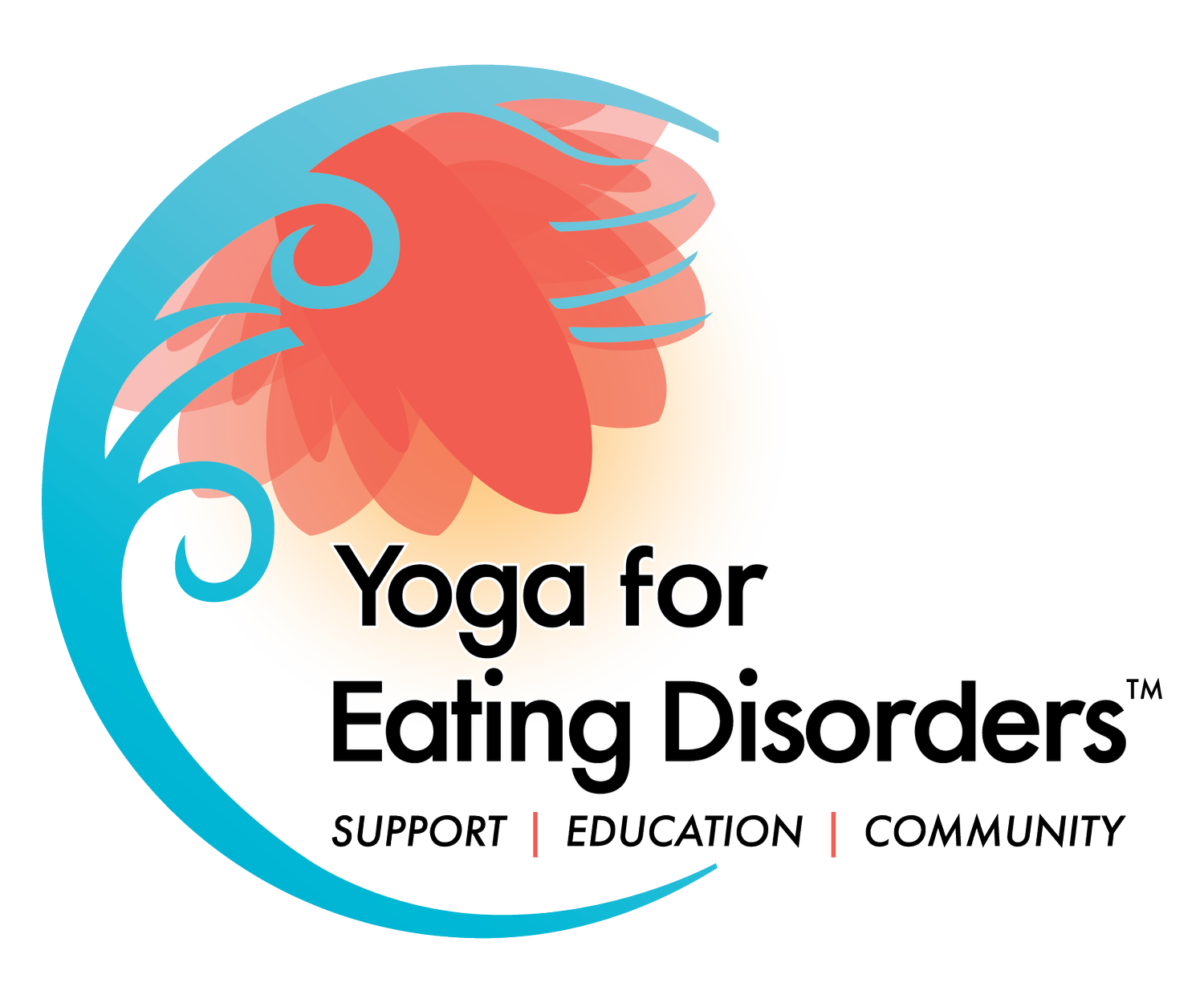Rooting to Grow
By Niya Bajaj, Guest Contributor
The principles of yoga have been part of my life long before disordered eating and body dysmorphia, which developed as trauma responses. As a child, I remember students sitting at my grandfather’s feet as he lectured about the Bhagavad Gita. I watched my family live out the values outlined in the yamas and niyamas without thinking much about it. Ironically, yoga asana, or what the western world considers yoga, did not show up as much because we took walks or swam.
It’s perhaps because the eight limbs of yoga were so integrated into everyday life that I didn’t really understand the potential of yoga as a true vinyasa – or a systematically guided progression through practice towards healing broken connections between the body, mind and self – until I was much older.
My first real encounter with yoga asana was in a western context – at a class for seniors at a local community center that my father accidentally signed me up for. As a teen struggling with disordered eating and body dysmorphia, I was mortified to be in what was obviously the wrong place. I started to leave, but the teacher graciously took my registration in stride and welcomed me to practice.
Her invitational, gentle suggestions to explore each asana as a way of connecting to body and breath while seeking ease were so foreign to me that I think I struggled more with the practice than the cheerful 80-year-old students who seemed to have found home in their skins. I remember sneaking glances at them and thinking, “I want to do what they’re doing,” so I could experience the deep sense of connection they had with themselves. But my learned trauma responses had conditioned me not to trust anything, no matter how good and right those brief moments of connection felt.
I dabbled with yoga through my teens and my twenties, trying everything from Bikram yoga to aqua yoga to find that sense of connection, and flow. While none of these stuck, in part because of a stress-triggered chronic pain condition, they did help me learn what was possible for my body, and what was safe. My tendency for perfection and drive to achieve drove me to hot, body focused, ashtanga classes until a shoulder injury forced me to stop and really consider the sustainability of what I was doing.
In an effort to better understand the complete practice of yoga, and to learn to modify practice so I wouldn’t continue to harm myself, I signed up for yoga teacher training. I did this with the support and encouragement of teachers who had watched my asana practice develop over time, and who had helped me find a home in my body, but not in my self.
And it was in this training that I returned to the philosophy that grounds yoga. Listening to my teachers talk about connection, that is the basis of yoga, reminded me of what I had learned as a child and forgotten. Learning about ayurvedic daily routines added clarity to what I had observed two generations of my family do every day, albeit without the Sanskrit names. Reading the Bhagvad Gita as an adult gave me a new lens on my grandfather’s teachings.
Sitting with this wealth of knowledge as an adult has helped me come home to myself in a way I didn’t think was possible. It has started to clear my vision of what I look like, and who I am in a way that allows for change and growth. While I still have a way to go, since that training, my personal practice remains an essential way of checking in with myself regularly so I can adapt my approaches to stay rooted in generational wisdom, while growing more into the connected self I can be.
Hopefully, by the time I’m 80, I will be as connected to myself as those inspirational students were.
Niya Bajaj is a yoga therapist (C-IAYT 2021) and trauma sensitive yoga teacher in Toronto, Canada. As someone who lives with disordered eating and chronic pain, she knows firsthand the positive impact that yoga therapy has on overall wellbeing. She is committed to supporting anyone who is struggling to access these evidence-based healing practices in a way that is personalized to their needs and goals. Find her on Instagram at @holisticyogatherapist or her website.


